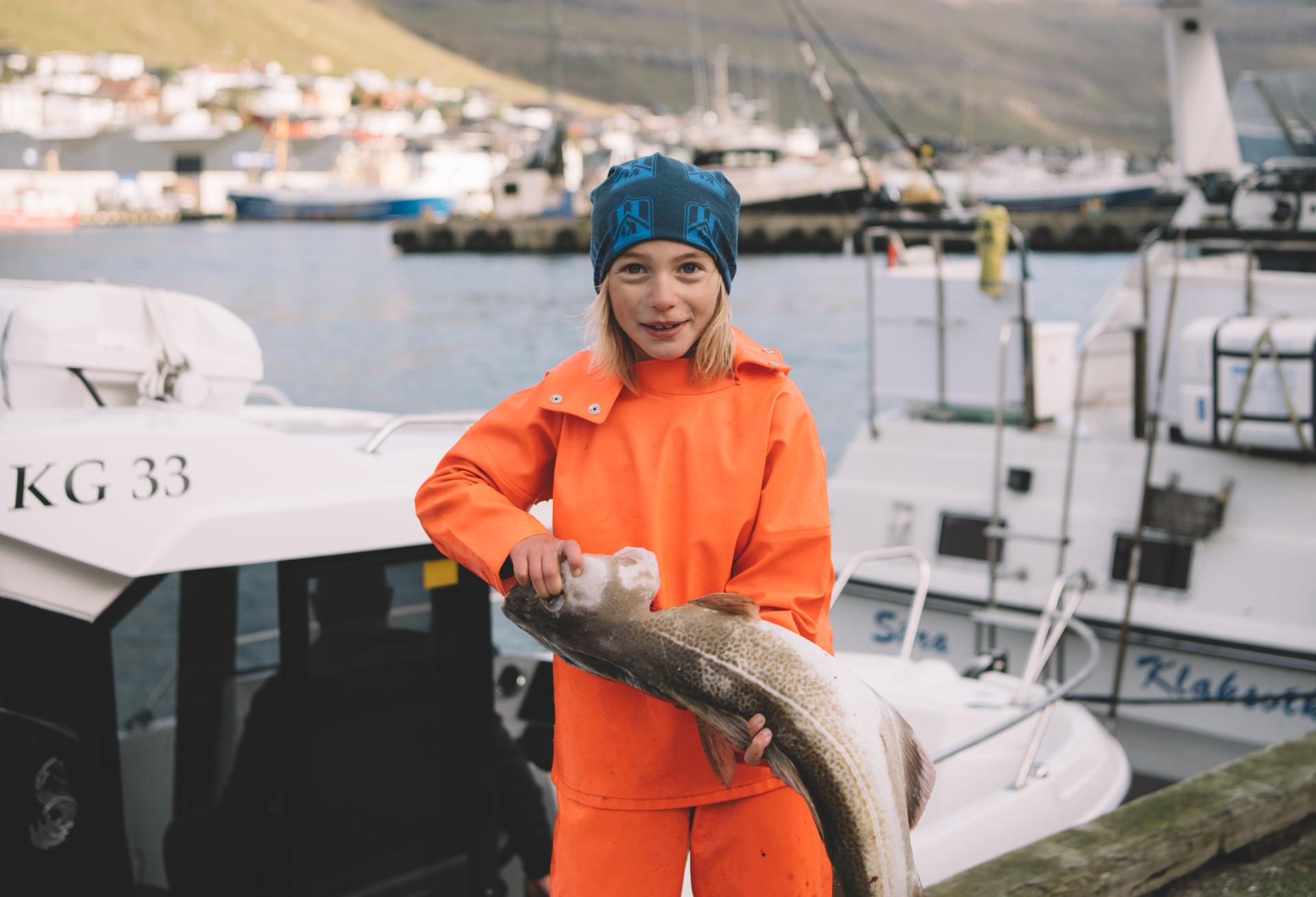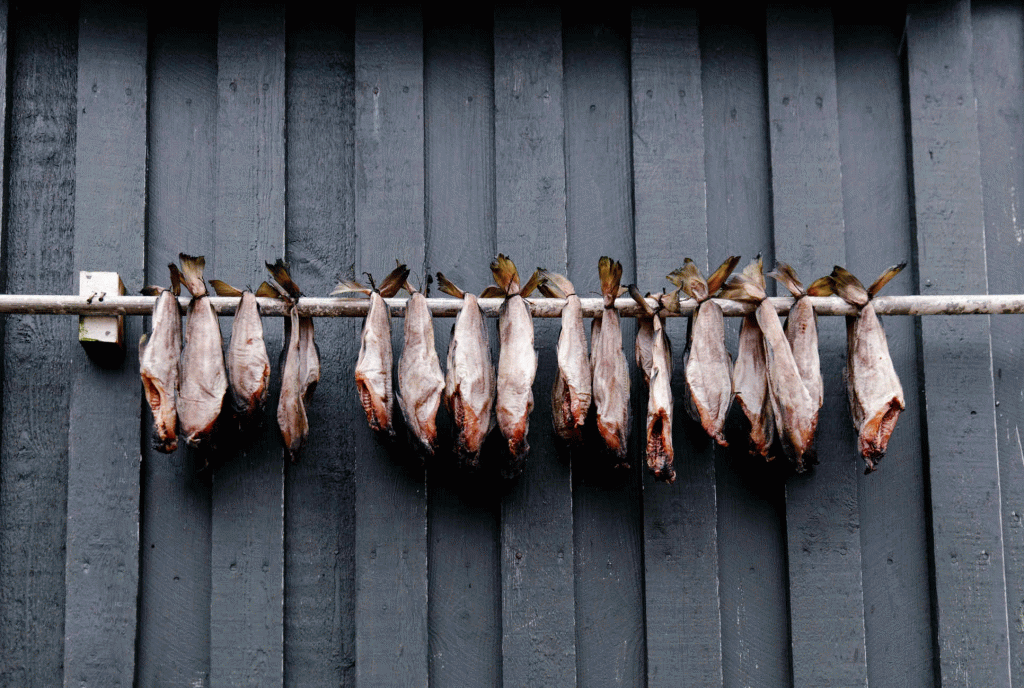FAROESE FOOD
Fermented lamb, wind-dried fish and sheep’s head. Sound delicious? Most Faroe Islanders think so.
Traditional Faroese food is of great significance to the locals; not only the part where you get to dig in and satisfy those taste buds but also the other stages, from hunting and killing to preserving and preparing.
It is the particular uniqueness of these stages that made the Guardian proclaim the Faroe Islands the “new Nordic food frontier”, a prime example of the growing enthusiasm for the distinct and extraordinary cuisine of the Faroe Islands and evidence that Faroese gastronomy belongs on the international culinary scene.
AGE-OLD METHODS
Ever since the first settlers arrived in the Faroe Islands over a thousand years ago, the Faroese people have hunted and killed hares, sheep, whales, fish and other animals for food. Being an isolated archipelago in the North Atlantic has meant that the Faroese have largely relied on eating what is found in the environment around them. They learned to utilise every bit of every fish caught, every mammal slaughtered, and every bird netted. They also learned to store and preserve as much as possible for tougher times. These age-old creative preservation methods are still used today and have resulted in food that has distinct and unmistakable flavours, inherently contingent on the climate in which it is stored.
RÆST
One of the distinctive flavours is what the Faroese call ræst, meaning fermentation. This is the process of drying meat and fish outdoors, allowing an ageing or fermentation process to occur. Whether or not the correct taste is acquired depends on the climate; warmer temperatures will spoil it, too cool temperatures will prevent the fermentation and too much wind will render it tasteless.
Although these traditional methods might be deemed unnecessary in modern times, the unique and inimitable taste created by these processes, coupled with the philosophy of using what nature provides, is as appealing to Faroe Islanders today as ever before.
FOOD PRODUCTION
There are no indigenous land mammals in the Faroe Islands (the hare, for example, was introduced from Norway) and barely anything grows above ground. Turnips, beets, radishes, swede, potatoes, carrots and Jerusalem artichokes are the vegetables produced by farmers in the Faroes. Greenery comes from herbs such as angelica and sorrel, and wild plants such as sea purslane, cuckoo flower and reindeer lichen.
DINING IN THE FAROE ISLANDS
The Faroese restaurant culture has changed drastically within the last decade, not in the least because of a few brilliant and innovative Faroese chefs, initially led by the celebrated Leif Sørensen and more recently by the chef at 2-star Michelin-star restaurant KOKS, Poul Andrias Ziska. Not only has it become commonplace for Faroe Islanders to eat at restaurants, but they have also started to accept that traditional Faroese food is suitable for fine dining. New restaurants are consistently emerging. One of the newest in line is (surprise, surprise) Ræst, which serves traditional Faroese dishes – the type you’d find on family dinner tables across the country. On the menu are fermented cod, fermented lamb intestines and fermented colon on sauerkraut, mustard and croutons. Delicious. Other new restaurants include a grill house called The Tarv, and Skeiva Pakkhús, located close to the harbour in Tórshavn.
Looking to try Faroese (and other types of) food? Check out these restaurants.
























